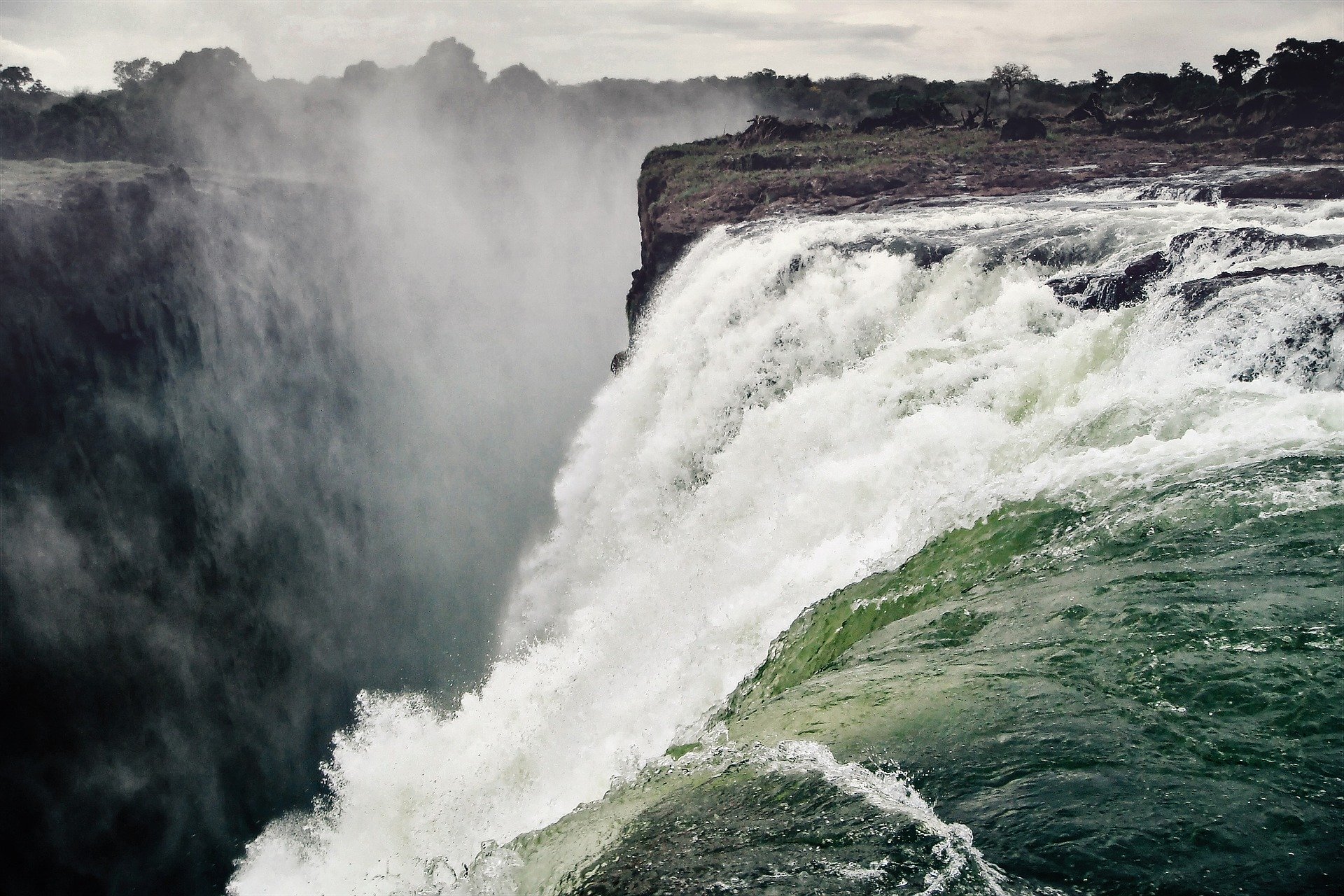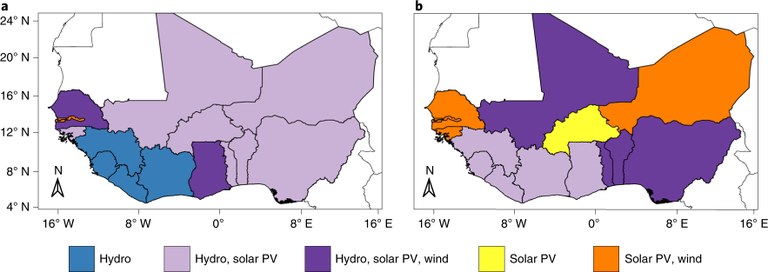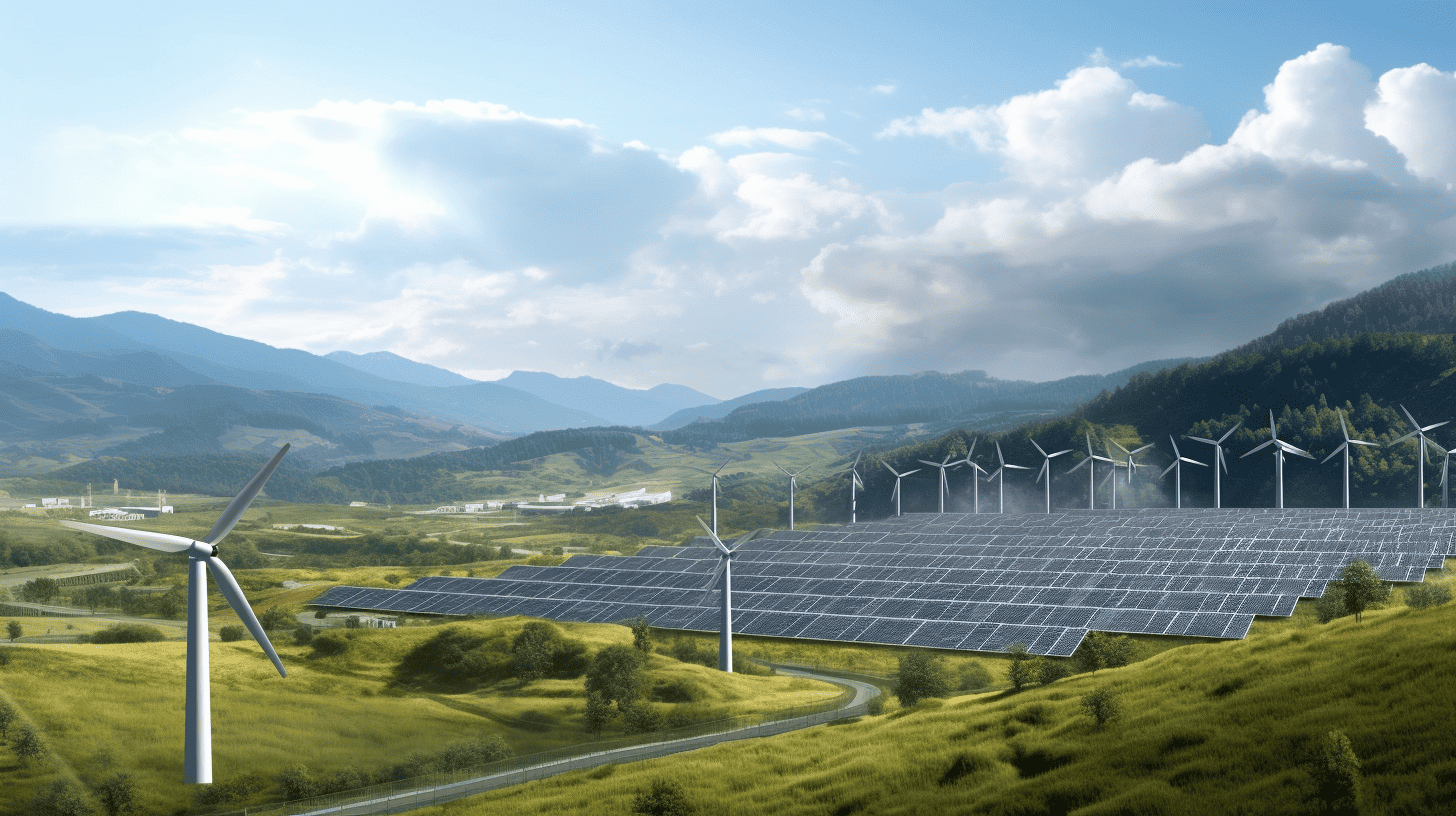
Of all the world’s regions, it is Africa’s energy needs that are likely to increase the most rapidly in the coming decades. This is due to a population growth that is expected to rise to 2.5 billion by 2050. It is also because energy is essential for a greater level of prosperity in this poverty-stricken region.
But can this also be done in a sustainable way? According to a new study carried out by the Belgian universities KU Leuven and Vrije Universiteit Brussel, among others, there is certainly potential for this. Yet it is imperative that countries improve the connections between their power grids. This means that if the sun doesn’t shine or the wind doesn’t blow in one country, another country can compensate for this by utilizing hydropower stations.
The research focuses on West Africa and was led by climate scientist Sebastian Sterl. This is a region with a huge range of diversity. In the north, you have Sahel countries like Senegal, Mauritania, Mali, and Niger which all have plenty of sun and wind, but limited amounts of water. Then there are the wetter areas such as Ghana and the Ivory Coast.
30% more sustainable energy
Sterl and his colleagues have mapped out what ‘sun-wind-water’ strategies are feasible for these countries. And there is a great deal of them. The research team, consisting of experts from the VU Brussels, KU Leuven, the International Renewable Energy Agency (IRENA), and Climate Analytics, has designed a new computer model for this research, relying on detailed water, weather and climate data. It examined how renewable power sources in West Africa can be exploited as effectively as possible to ensure reliable power supplies, without the need for large-scale energy storage facilities. All this without losing sight of the environmental impact associated with large-scale hydropower plants.

The researchers found that the potential for reliable, clean power generation from solar and wind, supported by the flexible deployment of hydropower plants, would increase by more than 30% if countries were able to share their capacities with each other.
All in all, about 60% of the current electricity demand in West Africa could be covered by supplementary renewable energy sources. Half of which would come from solar and wind power and the other half from hydropower. Without the need for large-scale battery or any other type of storage facility.
Avoiding adverse effects
Sterl believes that the added advantage of an integrated approach means that more attention can be directed towards the negative aspects of renewable energy. This applies in particular to large-scale hydropower plants, which often cause a high level of suffering. Consider villages that have to be relocated, loss of wildlife habitats and agricultural areas that are disappearing. By improving cooperation and, e.g. by building smaller hydropower projects, many of the adverse effects can be averted.
Moreover, according to the study, the costs of solar and wind power in West Africa can be expected to fall to such an extent within a few years that solar-wind-water strategies will provide cheaper electricity than natural gas power plants, which currently still account for more than half of the electricity supply in West Africa.
Norway
As Sterl says, the methods that have been developed are easily transferable to other regions. Plus, the research has worldwide relevance as well. “Almost everywhere where there is a lot of hydropower or the potential for it, you can also utilize it to compensate for any solar and wind power shortages.”
For instance, over the past few years several European countries, with Norway at the forefront, have shown an increasing interest in harnessing their hydropower plants to support sun and wind in other EU countries. The European energy transition can be advanced through the export of Norwegian hydropower whenever other countries are
faced with solar or wind shortages.







